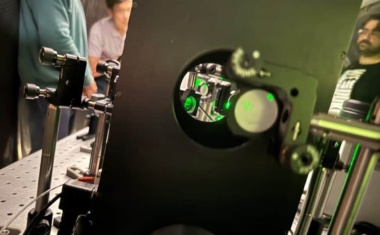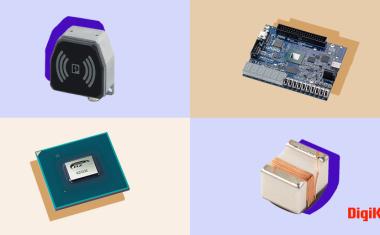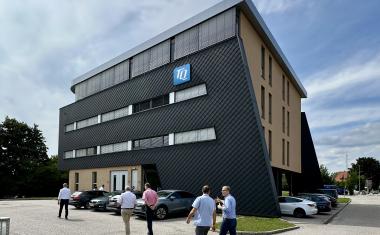Robot boom in India
India ranks among the top ten globally with annual robot installations
The sales of industrial robots in India have reached a new record with 4,945 units installed. This is an increase of 54 percent compared to the previous year (2020: 3,215 units). Measured by annual installations, India now ranks tenth in the world. These are the findings of the World Robotics statistical yearbook from the International Federation of Robotics (IFR).
In terms of manufacturing output, India is now the fifth largest economy in the world. According to the World Bank, the value added of India's manufacturing sector was US$443.9 billion in 2021. This corresponds to an increase of 21.6% compared to the previous year.
The automotive industry remains the largest customer for the robotics industry in India with a 31% market share in 2021. The number of installations has more than doubled (+108%) to 1,547 units. General industry in India is led by the metal industry with 308 units (-9%), followed by the rubber and plastics industry with 246 units (+27%) and the electrical/electronics industry with 215 units (+98%).

Strong growth potential
The long-term potential for robotics in India can be particularly illustrated by a comparison with China: India's robot density in the automotive industry, i.e. the number of industrial robots per 10,000 employees, will reach a total of 148 units in 2021. China's robot density was 131 units in 2010 and has skyrocketed to 772 units by 2021.
The Indian government supports the growth of the industrial sector as one of the most important factors affecting the gross domestic product (GDP). As reported by the International Monetary Fund, the country's GDP now ranks fifth in the world at around $3 trillion, neck and neck with the UK and France - behind Germany, Japan, China and the US.
Outlook
"After experiencing the recent disruptions in international supply chains, companies are reconsidering their nearshoring strategies in Southeast Asia," says Marina Bill. "India has traditionally been a popular destination for nearshoring in the manufacturing sector. The Indian government aims to attract foreign companies for new diversification options to be considered, for example, as a partner in so-called 'friendshoring' as a country that shares similar values and interests."
Manufacturing is also likely to benefit from government initiatives to increase India's competitiveness and attractiveness to investors. The Production Linked Incentive (PLI) program, for example, runs until 2025. It is used to subsidize companies that create production capacities in Indian customer industries for robotics. These include, for example, the automotive, metal, pharmaceutical and food industries.
Robots help to create new jobs
New production capacities are an important step in offering the Indian population adequate education and employment opportunities: According to projections by the United Nations, India has now reached a population of 1.4 billion people, surpassing China for the first time. This means that India has a large and young workforce that can drive economic growth and innovation. By 2027, India is projected to be the economy with the largest working-age population in the world.











